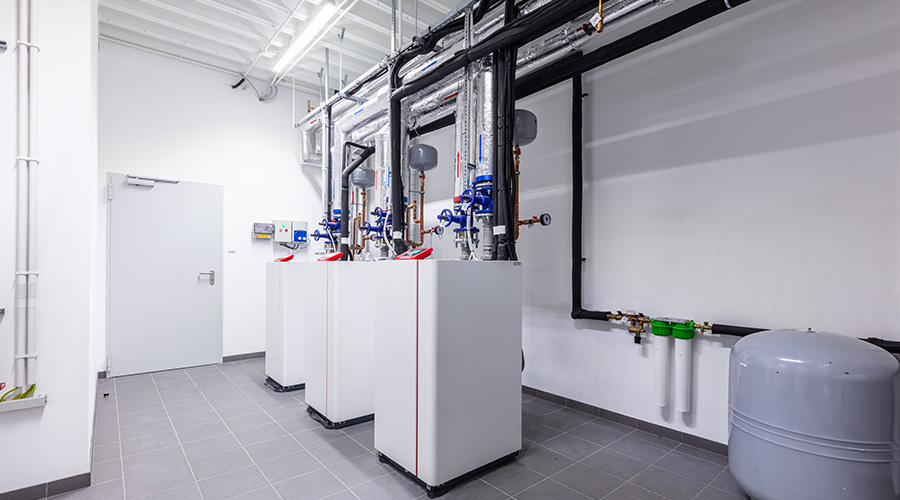Measuring the Benefits of HVAC Upgrades
Unless it's a case of outright equipment failure, the reason for an HVAC upgrade is the benefits it will bring. Enhanced efficiency, greater occupant comfort and the public relations boost of environmentally responsible choices all can aid an organization's bottom line.
Martorano says he found that additional system capacity had been generated, concurrent with a cutback in lab exhaust. Although he says that ASU is still tweaking the system and collecting data, he's fairly certain he's saving energy.
In Southern California, kilowatts are king. That means that Devine's ultimate goal is to keep kWh consumption low.
"It helps us remain competitive in the marketplace with respect to operating costs," he says.
He says that his company also uses building audits as a method for keeping an eye on energy. It helps them measure where they are to better anticipate where they will be following major upgrades.
"We're constantly engaged in energy audits in our properties," Devine says. "Our goal is to understand our buildings."
Measuring Change
Projecting the benefits without following up would be folly. Especially in today's economy, facility managers simply cannot wash their hands after project completion and move on to the "next big thing." Instead, they have to monitor the change brought about by equipment replacement.
Martorano uses building metering to monitor the savings, and has found that airflow requirements aren't as great as they were with the old system.
"Instead of a constant 12 air changes per hour in our labs we can now dial back to four (air changes) until the system detects unacceptable VOC, carbon dioxide or particulate levels in the exhaust," he says. "Zone presence sensors on chemical fume hoods allow them to be throttled back to 60 fpm sash velocity when not in use, then ramped up to 100 fpm when someone is detected in front of the hood."
Cooke's project is tracked monthly via real-time monitoring, but there's anecdotal evidence — in the form of reduced service calls — that Toyota's goals have been met.
"The primary benefits have been a reduction in energy costs, decreased maintenance costs and decreased hot/cold calls from building occupants," he says.
Whatever the methodology used, facility managers can exceed expectations during HVAC upgrades with a bit of planning, a healthy implementation plan, open communication with building occupants, and realistic expectations.
Loren Snyder, a contributing editor for Building Operating Management, is a writer who specializes in facility issues. He was formerly managing editor of Building Operating Management.
Related Topics:













